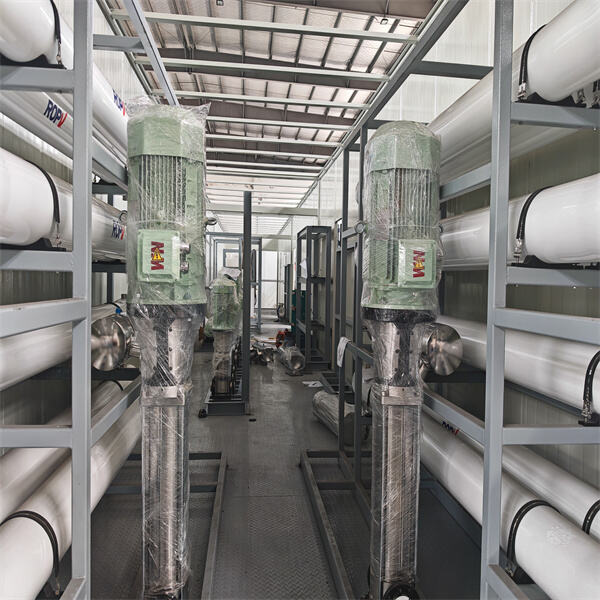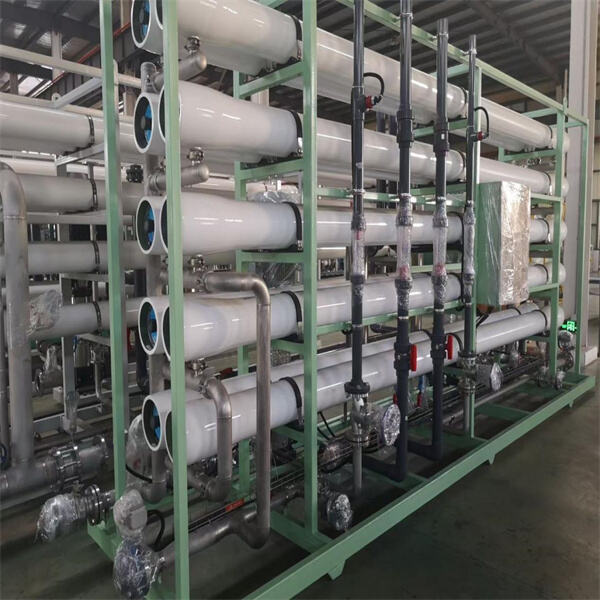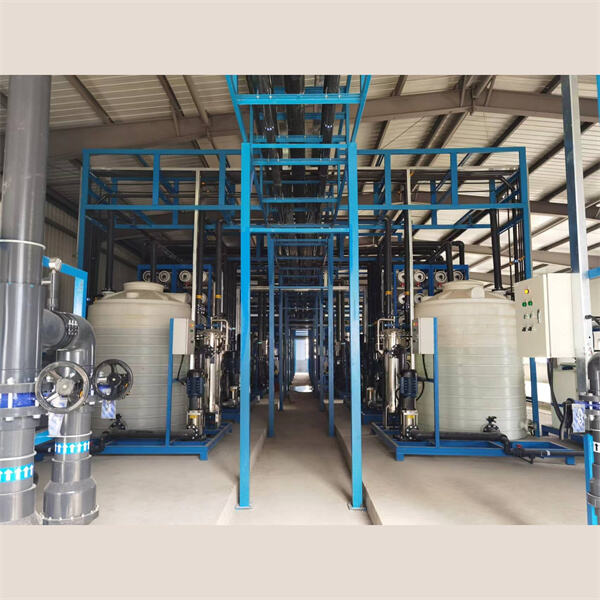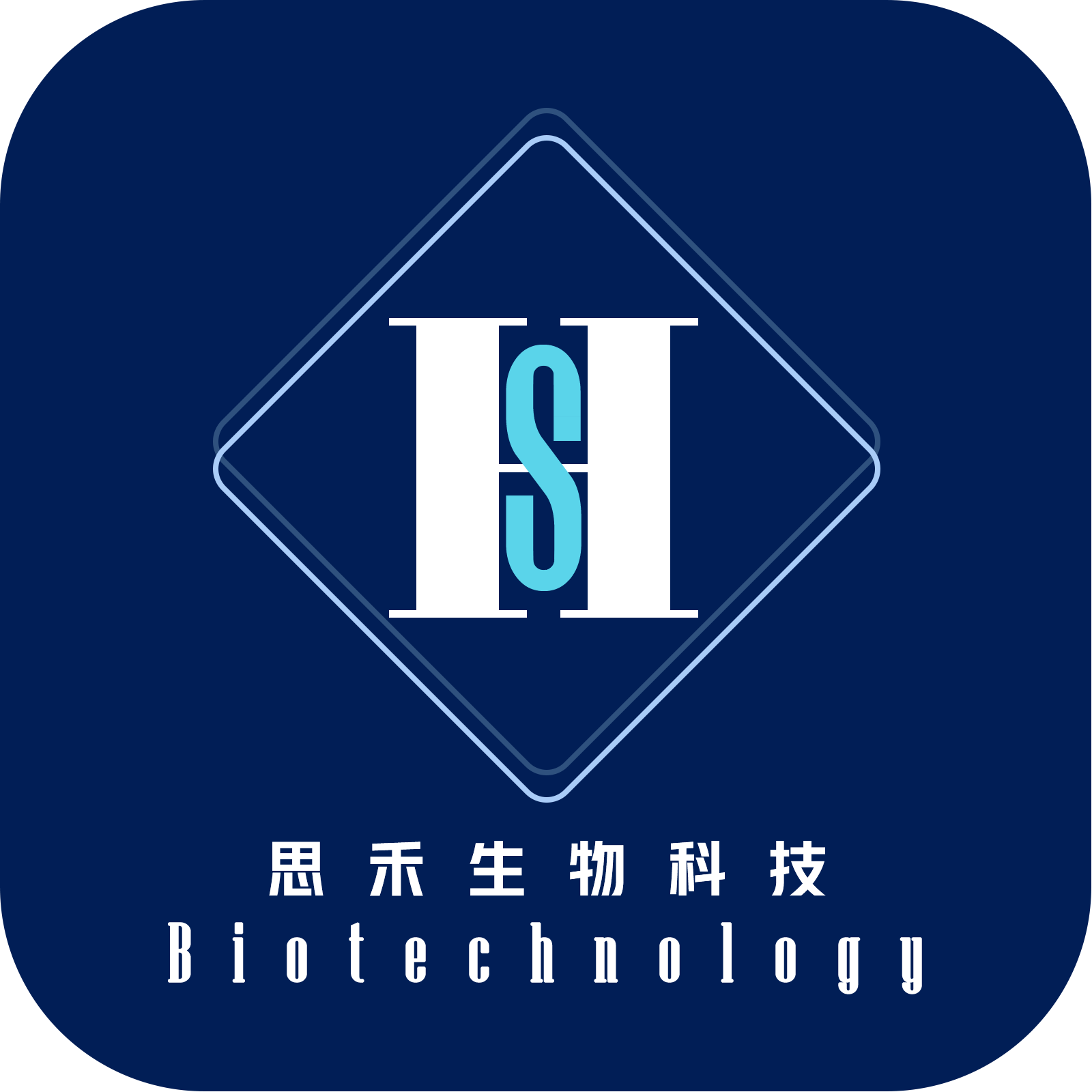Have you ever wondered what happens to all the dirty water when it goes down your kitchen sink or toilet? The water doesn’t simply vanish when you wash your hands or flush the toilet. Instead, it goes through pipes to an interesting place: a sewage treatment plant. Polling around this plant, the raw sewage gets cleaner by nature due to a few steps before it is released back in nature. So, let’s understand how s operate and how they maintain our waste management in our localities.
Sewage treatment machines are useful because they are used to remove undesirable material from waste water and produce an effluent that is suitable for receiving environments. This is an essential part of keeping our environment healthy. Now, these devices have become so much better! They utilize unique technology that aids them and cuts costs at the same time.
Another company, called SIHE, developed new sewage treatment machines that clean the water using a combination of various techniques. These techniques work to eliminate virtually all types of contaminants, such as oil, dirt and lethal pollutants. The aim is to ensure that the water is “safe for people and the environment.” SIHE vehicles are powerful, stable, and have good operating performance. They are widely used for the cleaning of dirty water in cities and large companies.
First the dirty water comes into the treatment plant and into a big tank where it is screened. Screening means the water is filtered to take out large things, like sticks, cloth and plastic, that don’t belong in the water. After screening, the water goes to grit chamber. Here, sand and bits of dirt accumulate at the bottom of the chamber. This step is crucial because it prevents those tiny particles from gumming up the machines later on. The sand at the bottom settles and is removed and disposed of correctly.

Then, chemicals such as chlorine are added to the water. This step is extremely significant because chlorine is utilized to kill hazardous germs and bacteria that might ill people. The water is then pumped into several large tanks filled with tiny living things called microorganisms. These minuscule organisms consume leftover food and waste in the water. In the process, they form a mucky material called 'biological sludge,' which is separated from the clean water.

In Jiangxi province in China, for example, SIHE installed a sewage treatment machine to purify and recycle water from an industrial park. This machine employs new technology to reduce hazardous waste and enhance the local water quality. The machine treats the wastewater, which helps prevent contamination of the rivers and lakes in the area.

SIHE also established a wastewater treatment plant at a hotel in India. This plant treats the hotel’s dirty water and gives recycled water to water the gardens and plants. As a result, we were able to create other water solutions to save water for the hotel, so they used less from other water sources. It also makes the hotel greener by recycling the water instead of disposing of it.

Copyright © Sihe Biotechnology (Jiaxing) Co., Ltd All Rights Reserved | Privacy Policy | Blog